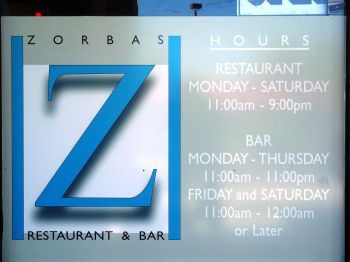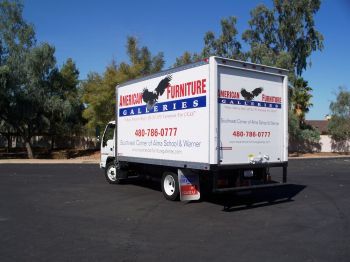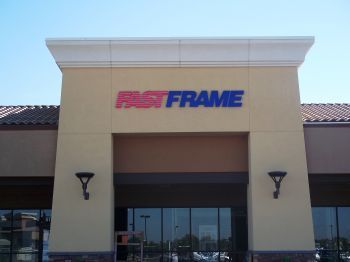
When it comes to moving a business forward, nothing is quite as important as a vision statement. While a vision statement might be similar to a mission statement, the two have very distinct characteristics. Though mission statements are essentially based on the present, vision statements are focused on the future. Mission statements explain why a company exists, while vision statements focus on the values and hopes the business has for the future. A mission statement focuses primarily on sharing the company’s purpose with customers. Meanwhile, a vision statement is much more concerned with directing a company’s internal team members.
For this reason, some companies even choose to keep their vision statements private. And while both mission and vision are critical to any successful business plan, a vision statement can sometimes get swept under the rug. A vision statement is a vital part of any successful small business, so today we explore how to craft an effective vision statement to move the business forward.
1. Consider your core values.
First and foremost, consider your core values as a company before moving ahead with the vision statement. Your core values outline where the company wants to go in the future. By identifying the company’s culture, purpose and values, you can be sure to align the vision and mission statements as you move forward.
2. Find a need to fill.
Next: identify a need the company fills for customers. How do you help others solve their everyday problems? This should be a core component of the vision statement. After all, you can’t have a vision for the future if you don’t first know what you will be doing. Determine which problems the company addresses and consider how to include those in the vision statement.
3. Visualize the future.
Once you have identified the need, visualize the future for the company. Ideally, vision statements should reflect what the company will look like in five to ten years, though the length of time can vary depending on the business type. Identify where the business is at currently, and visualize where you would like it to go in the future.
4. Dream big… realistically.
While visualizing, don’t be afraid to dream big for the business… within reason, of course. Balance ambition with realism. Your vision statement should be big enough to excite people, but also realistic enough that it could actually be accomplished. If your vision statement doesn’t seem achievable, you might have a tough time getting fellow team members on board.
5. Use simple, short language.
As you begin drafting the vision statement, it’s important to use simple, clear and concise language. No need to get too wordy here. Focus on limiting the statement to one sentence of about 10 to 15 words. By avoiding lengthy or complicated wording, you ensure the vision statement is as clear as possible, and easier to understand by everyone who reads it.
6. Share the vision statement.
Speaking of reading, once the vision statement is drafted, it’s time to finalize and share it with others. Depending on your choice for the business, you could communicate the vision statement with other team members and investors, along with current and potential customers. By communicating the vision statement with others, you also hold the company accountable, as you move forward into the future and strive to accomplish your goals.
Of course, as the business grows, so does the vision statement. A vision statement should adapt and update as the company does, constantly reflecting the goals you want to achieve. An effective vision statement is a vital component of any successful business plan. As you move forward with company, be sure your vision statement is drafted appropriately and ready to lead the business into a successful future.





















